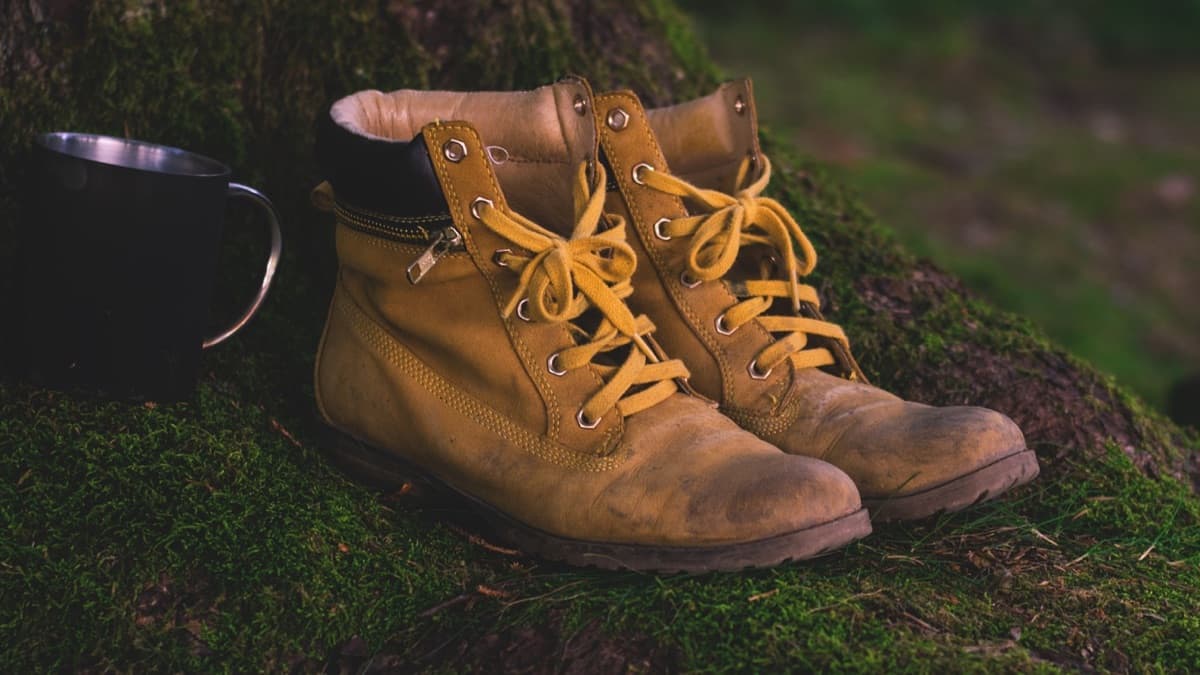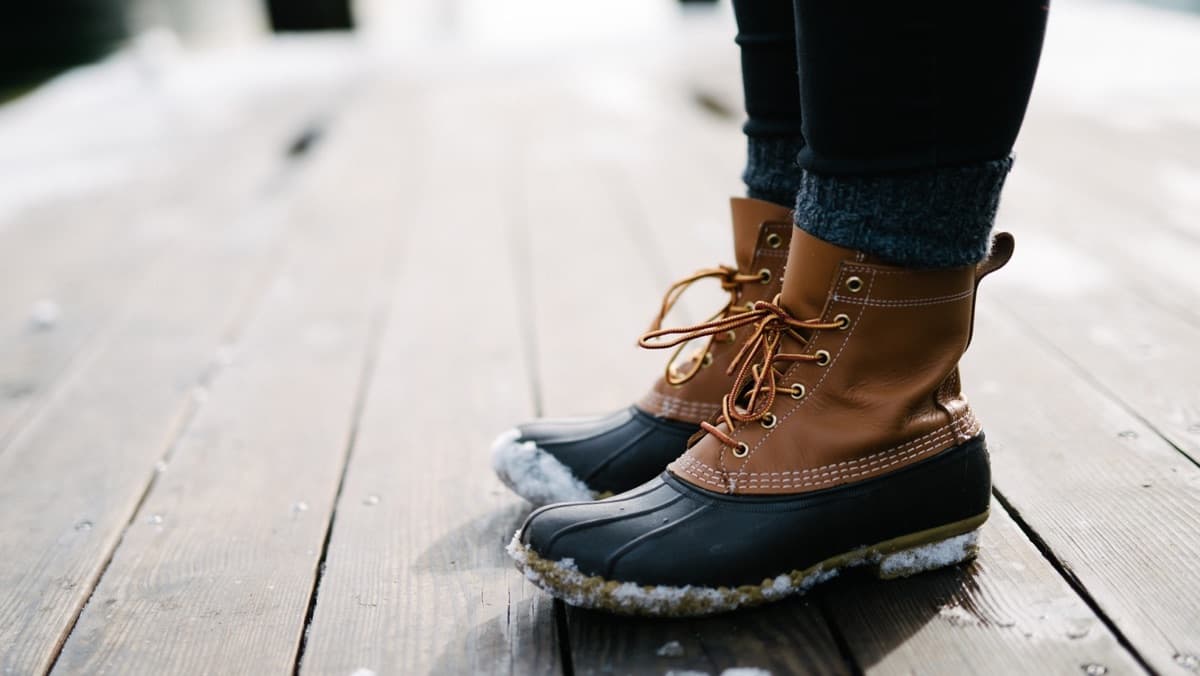Buying Guide for Women’s Hiking Boots
It’s no secret that a well- built and fashionable pair of winter boots can help make the winter season seem more bearable and less drab. And whether you have to make your way through many feet of icy snow every day on your way to work, or whether you spend just a little time outside while you’re running errands, this guide will help you choose the perfect winter boot that best fits your needs – and in this particular guide, we’ll be focusing on women’s hiking boots.
The line between the various types of women’s winter boots can sometimes stretch a bit thin, with various brands and companies trying to produce multi-purpose and versatile winter boots that can, for example, double up as both a pair of casual snow boots and reasonable hiking boots for milder weather as well. This buying guide will help you clarify the differences and variations between the three major types of women’s winter boots – Snow Boots, Pac Boots and Hiking Boots – and explain in particular what makes the best hiking boots tick.
In this buying guide, we discuss the merits and demerits of the various types of winter boots. We also discuss the advantages and disadvantages of each type in terms of four major metrics – Tall vs. Short Boots; Style vs. Substance; Performance and Construction; and lastly, Comfort. Secondly, hiking boots are what are considered technical use footwear, meaning that they are expected to be constructed to a much higher uniform quality than other kinds of winter boots for women. We’ll take a brief look at some of these special features which make hiking boots special (and also, sometimes, dearer).
Through the brief discussions in each of these sections, we hope to be able to arm you with sufficient knowledge to be able to make an informed and empowered decision when it comes to your next purchase of hiking boots.
The Three Types of Women’s Winter Boots – Snow Boots, Pacs, and Hiking Boots
In one sense, all winter boots essentially serve the same purpose – to keep your feet as dry and warm as possible under mild to extreme cold weather conditions. Some winter boots do this job really well, while many mediocre options will let you down by failing to keep snow or icy water out – so pretty soon you’ll be squishing around with frozen feet.
In this sense, all winter boots are essentially the same, and, in fact, the difference between ‘casual’ snow boots and ‘technical’ hiking boots is really one of degree, not of kind. That’s to say that all these various types of boots have a leather or textile upper; a rubber outsole designed to keep out water; and some form of synthetic or natural (like sheepskin or wool) insulation lining some part or the entirety of the boot. Usually the outsole has a tread-enhancing feature to ensure reliable grip or traction. This is true of all the boots on this list – the differences are of degree and quality, and that’s also what determines the price of these products – but all of these are built to serve the same essential function.
What are Snow Boots? How are Pac Boots different?
A snow boot is what most people think of when they think of casual winter boots. Snow boots usually feature a water-resistant upper and thin water-proofing rubber outsole that is designed to keep the boot light-weight while offering a decent amount of traction or grip. Snow boots are ideally used for light activity for short periods of time in cold weather conditions – like running errands around town or going out for a walk- and maybe a bit of puddle jumping.
What they don’t offer is absolute protection from the worst of cold conditions over a long period of time – say, a multi-day hike. For that level of protection from the elements, you need winter boots that are sometimes called Pac Boots, or Pacs. Pac boots offer an upgrade to smaller traditional snow boots and feature a thicker rubber shell and improved weather resistance. If performance and weather protection is more important to you, you may want to lean towards the taller, more Pac-style boots.
For those looking for even more technical winter boots, you’d need to check out Women’s Hiking Boots, which offer superior fit, protection and comfort than Pacs, and are the focus of this list.
What are Hiking Boots? What makes them special?
If you’re interested in taking long-distance multi-day trekking or hiking trips, or are a mountaineering or climbing enthusiast, then you need to get your hands on purpose specific technical boots such as hiking boots. Hiking boots are especially designed for optimal performance in the harshest temperature and moisture conditions. Once they’re properly broken in, they offer the greatest comfort while walking long distances – keeping your feet dry, warm and limber over many miles a day!
Hiking boots generally offer greater ankle support and a deeper tread than other types of winter boots- sort of they grip the snow better than most other winter boots. Also unlike snow boots or Pacs, hiking boots have snug lacing systems, rigid uppers, and a more precise fit (something which is an absolute necessity in the world of mountaineering and climbing). The rigidity of the boots also allows you to kick steps into the snowside if needed – another feature made specifically for climbers.
Advanced hiking boots also come with crampon compatibility and some winter hiking boots also feature a breathable liner that wicks away moisture that keeps feet warm all day long. Some come with removable liners which can help the boot dry out faster in case it does let some water in. Hiking boots are also generally better insulated than other snow boots, and represent the topmost class of footwear when it comes to beating the winter chill with panache.
Style vs. Substance Debate
Our choice of footwear plays a huge role in determining the effectiveness of our overall look. As with every other fashion choice you make, you ought to first consider the conditions under which you plan to use your new snow boots. When it comes to hiking boots however, it’s advisable to tend towards performance over fashion – trail-hunters and climbers often expose themselves to the most challenging weather conditions, and an ideal pair of hiking boots is essential for safety. Frostbite is nothing to trifle with over a ten-day hike or climb – so better to be safe than sorry.
At the end of the day, of course, style is immensely personal and subjective. And, when it comes to casual every day snow boots, you still have room to compromise. But when it comes to technical boots, you just have to go for the very best you can afford. But since all the hiking boots on our list have been reviewed and approved by us, you can go ahead and pick the one that most appeals to you. You might find one that brings the right balance between performance and style.
The weather-beating performance of a winter boot is strongly related to the quality of its construction. How warm a boot is depended upon the nature and extent of the insulation used, the material, thickness and quality of the outsole, and the design of the footbed. These factors are all the more important when you’re looking to buy a high-performance boot like most hiking boots. Most hiking boots feature at least 100 to 200 grams of insulation, and more isn’t necessarily better. A well-known and widely used insulation material is Thinsulate which is manufactured by 3M..
Factors like the height of the boot, often called the ‘shaft height’ and the quality of the seal at the top of the shaft (whether there’s a faux-fur lining) also contribute to keeping your toes warm. Some hiking boots benefit from having the entirety of the inner boot lined with insulating material, while other boots may only feature lining at the top of the shaft.
Construction also determines the water resistance of the snow boot. Namely, it is the choice of material for the outsole construction that influences the water resistance – materials like suede need to be periodically treated with a waterproof treatment, whereas rubber soles remain water resistant without the need for repair or treatment.

 Hayden Saunders
Hayden Saunders








![Best Running Jackets 2025 [Men and Women]- Reviews and Comparisons](https://img.project-fit.co.uk/projectfit/running-jackets.jpg)

